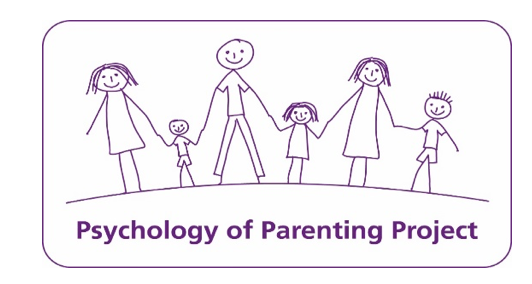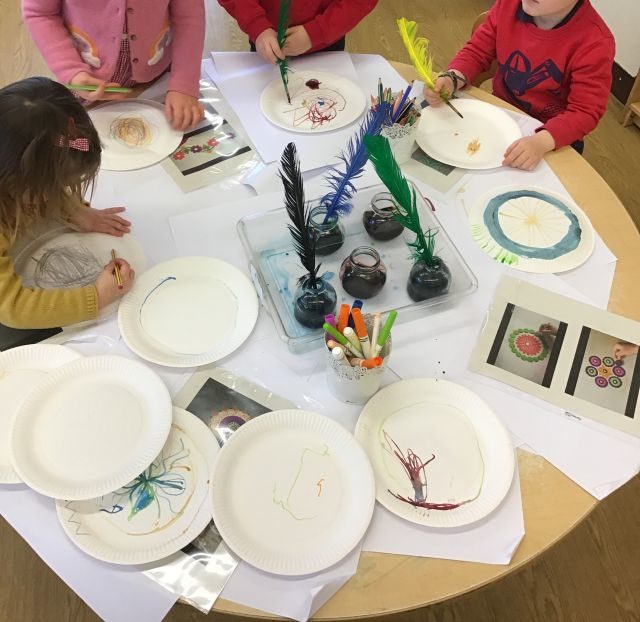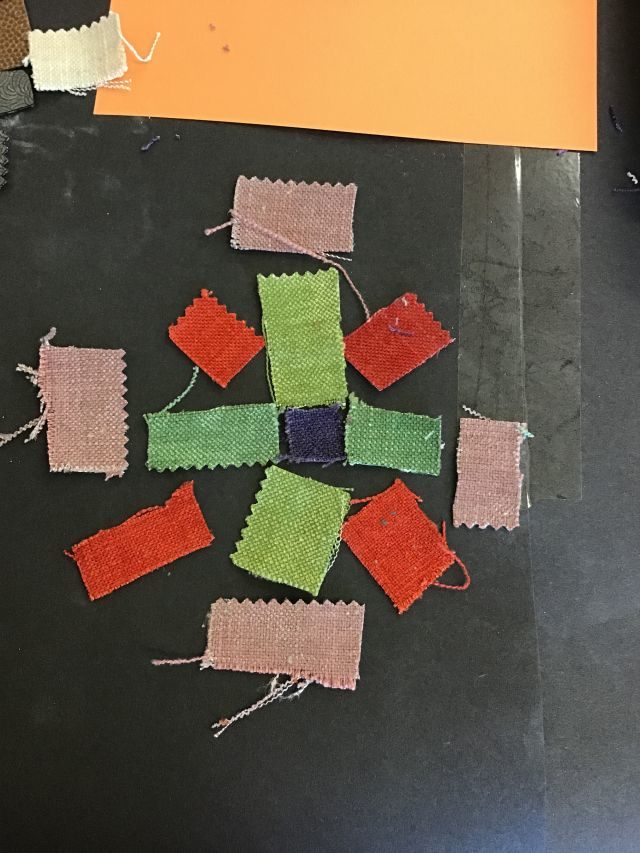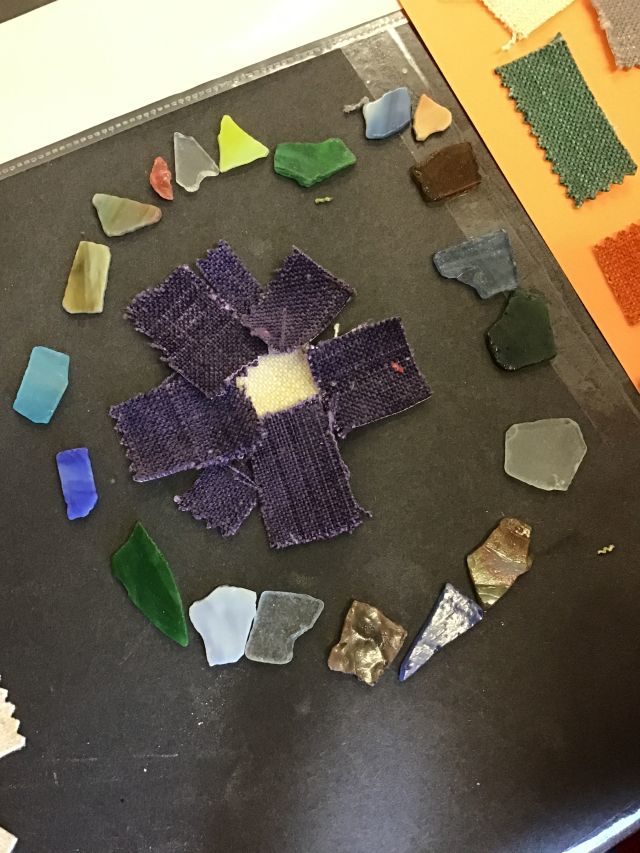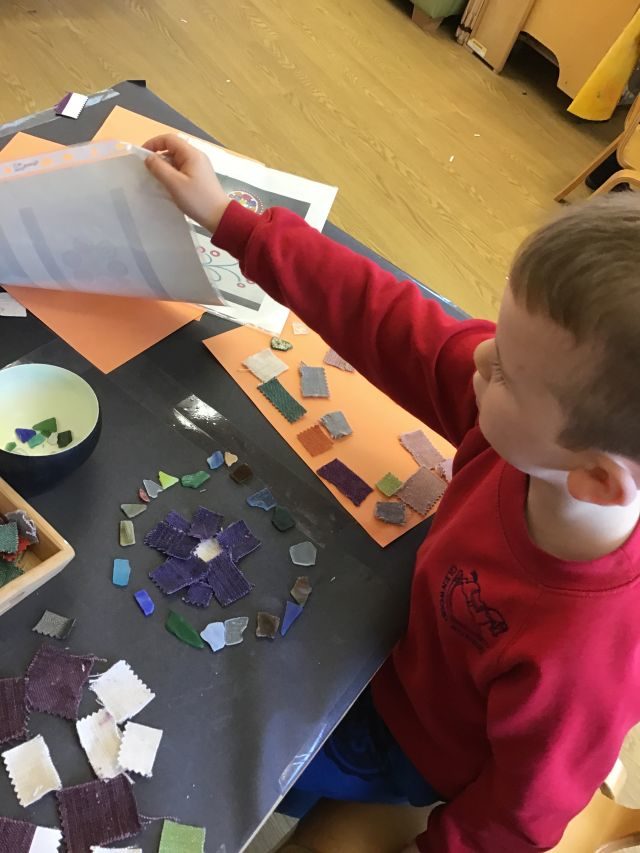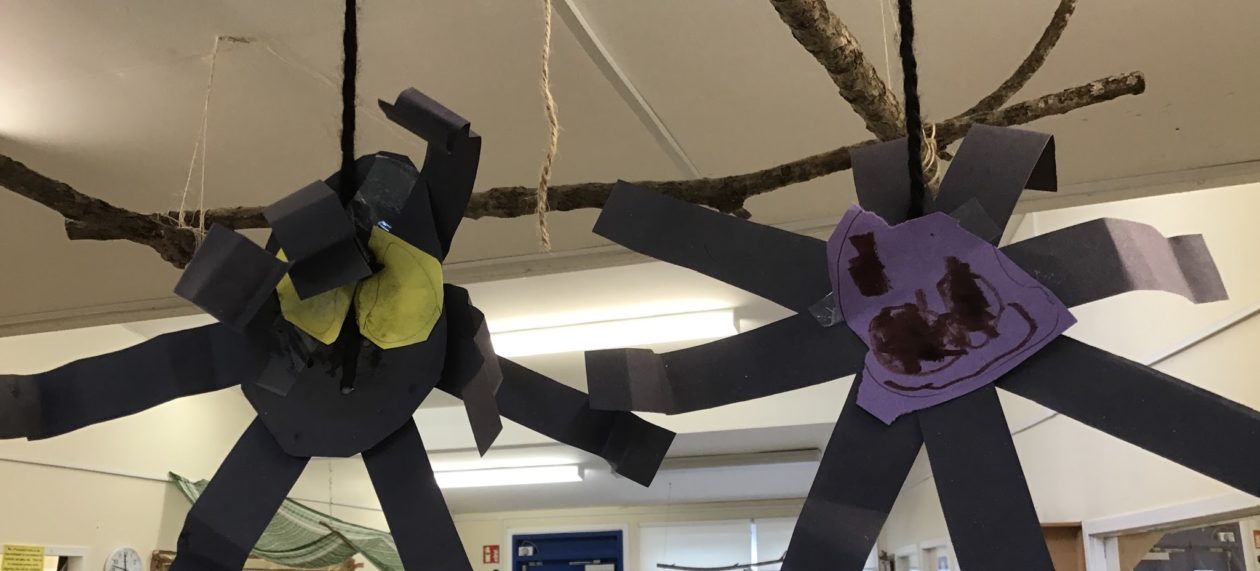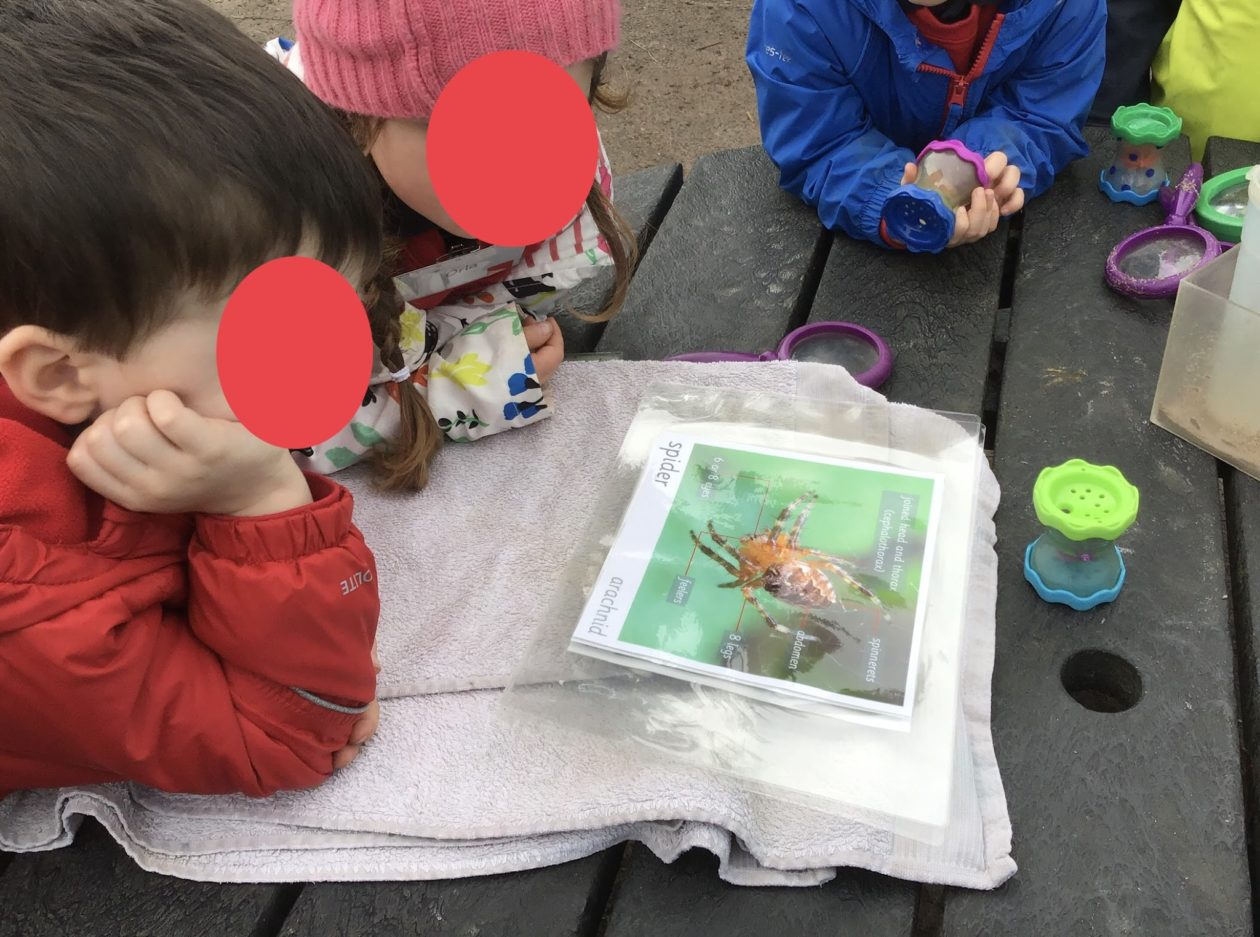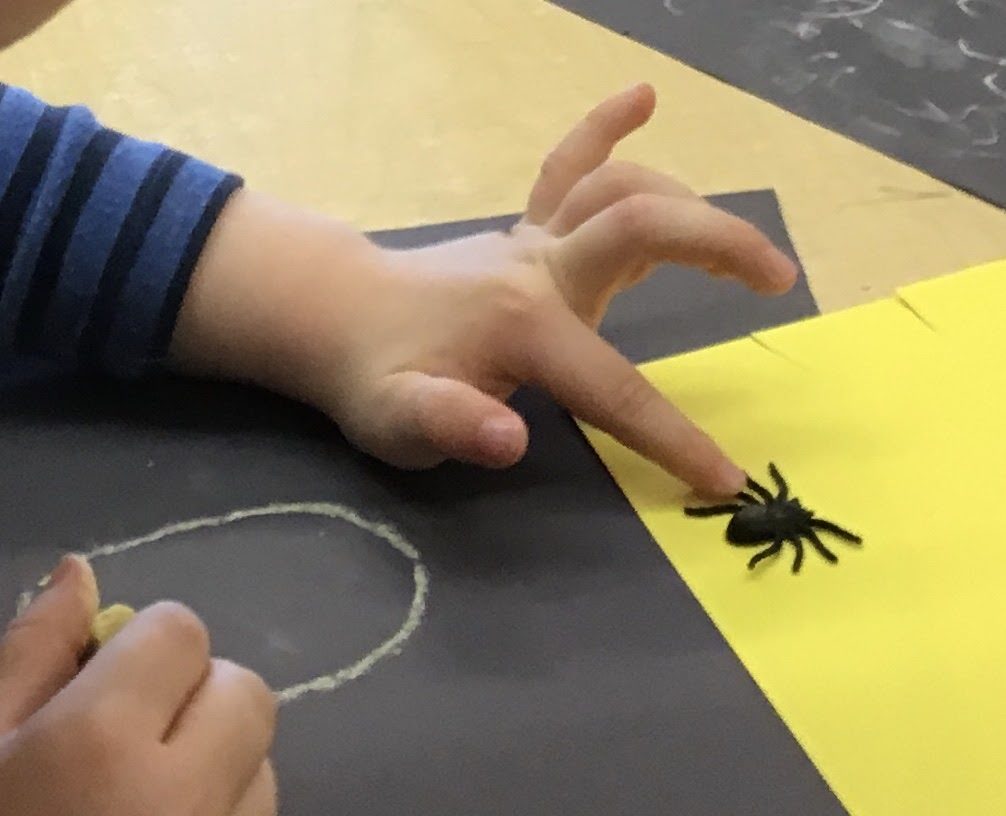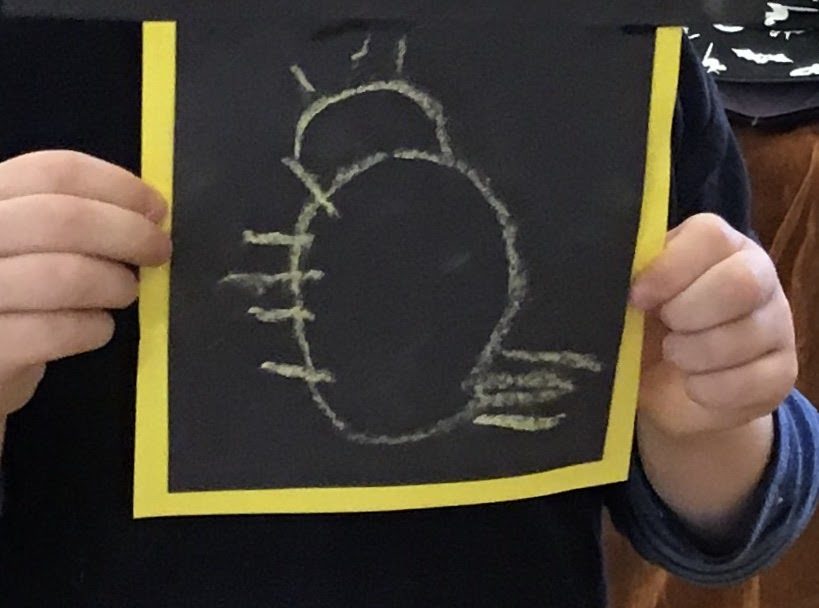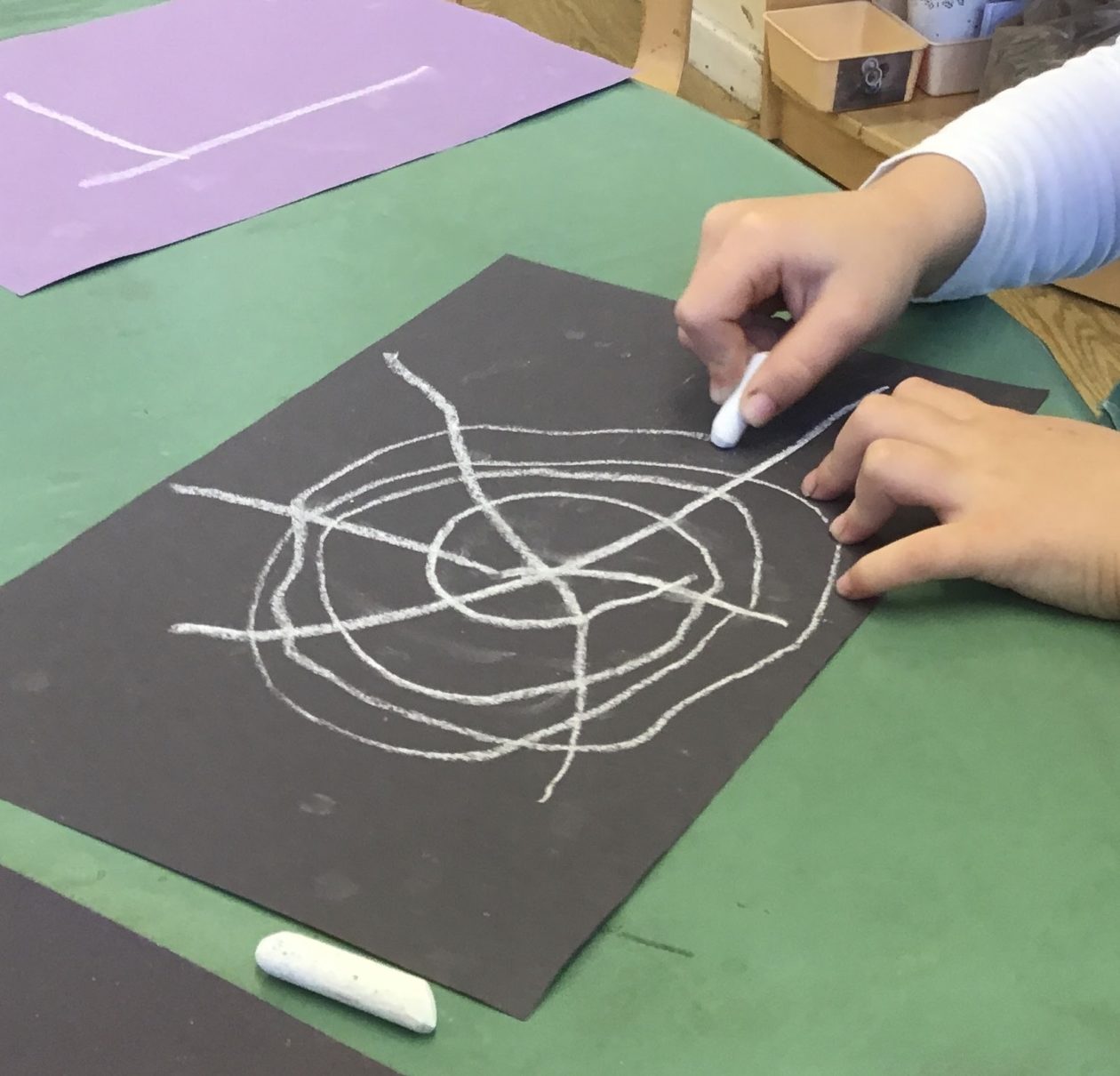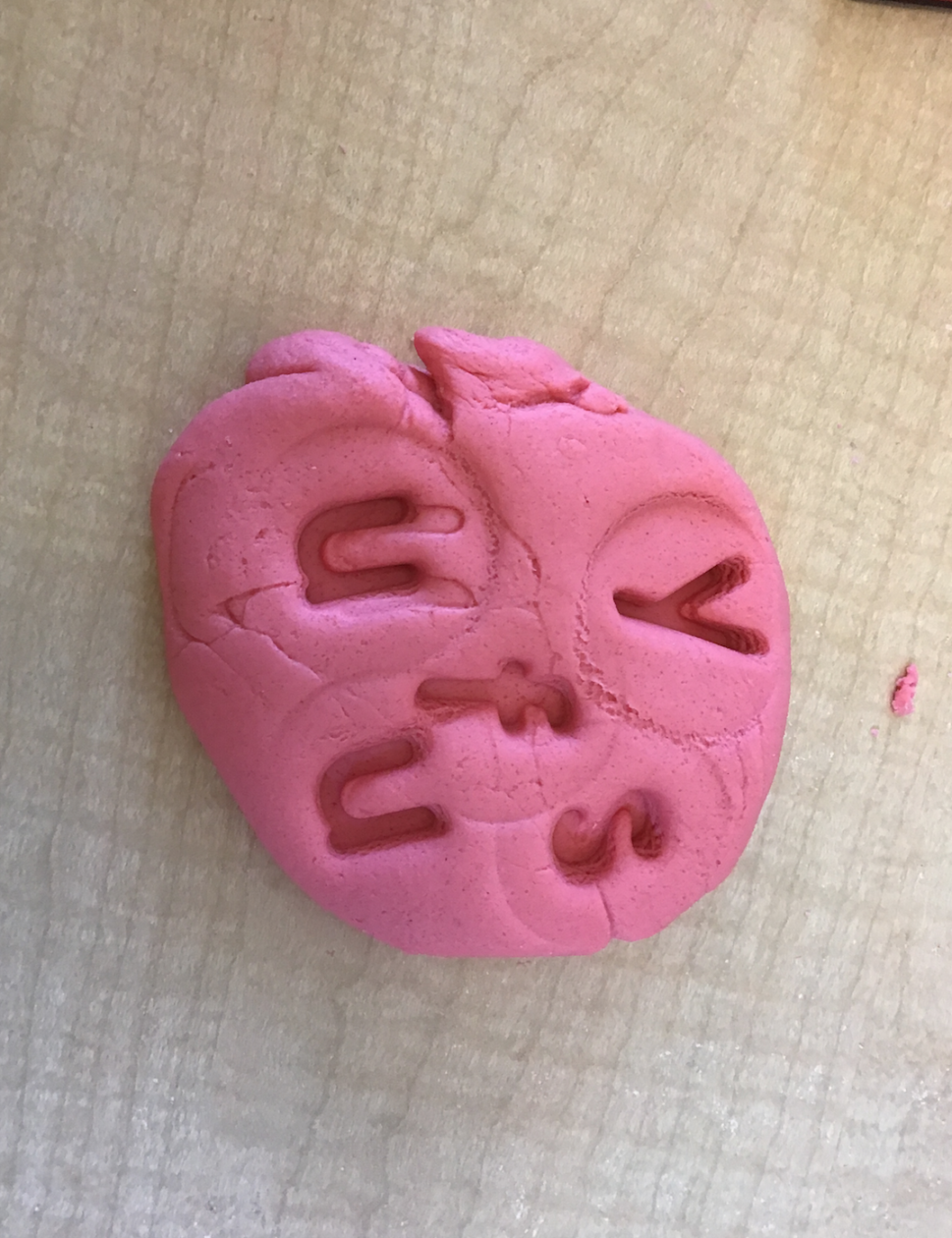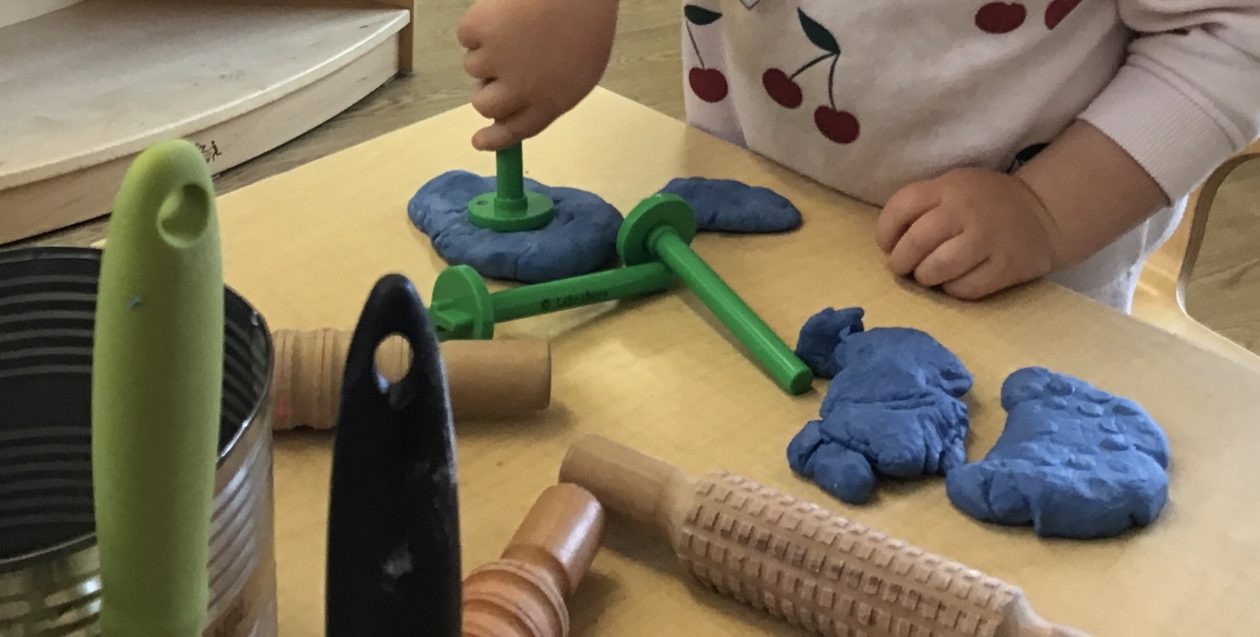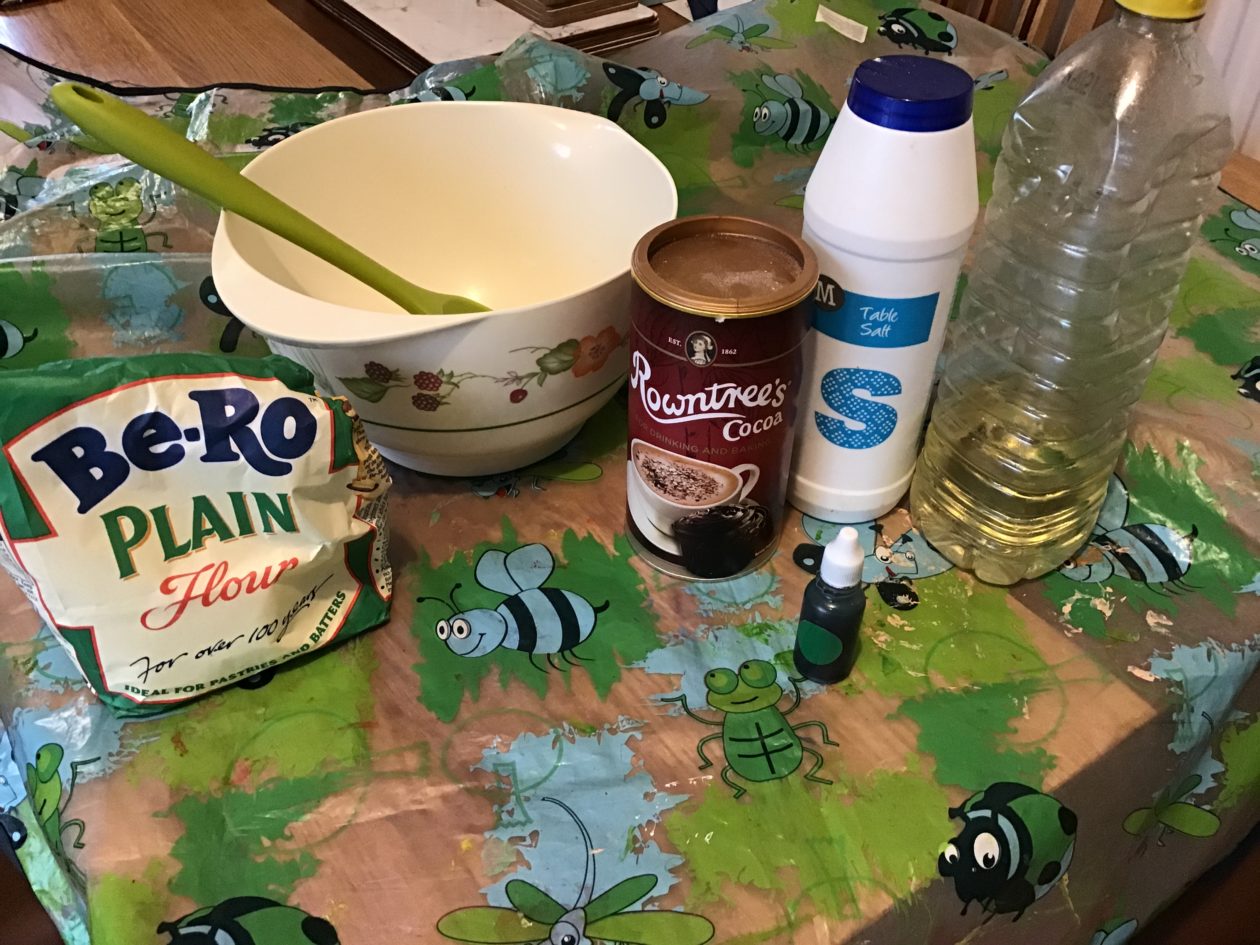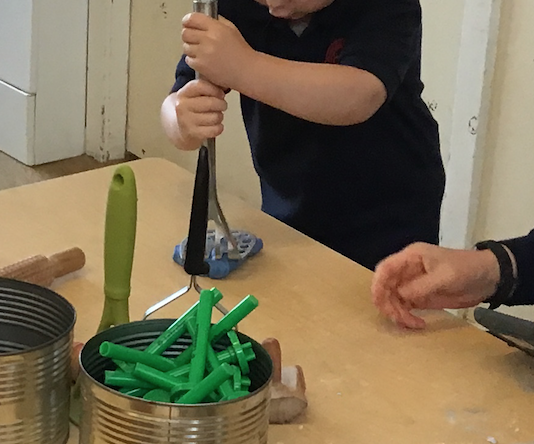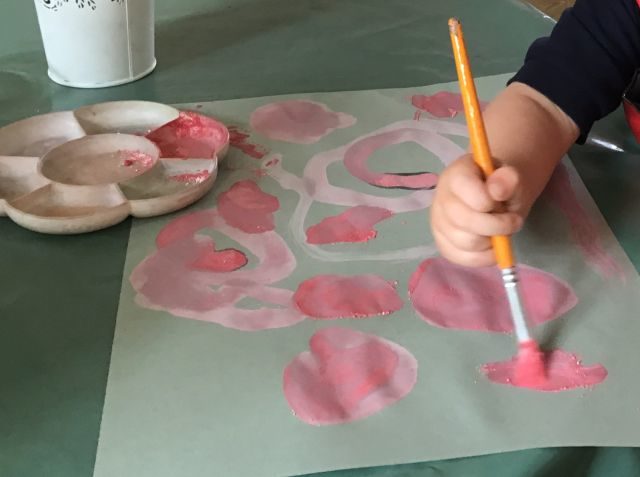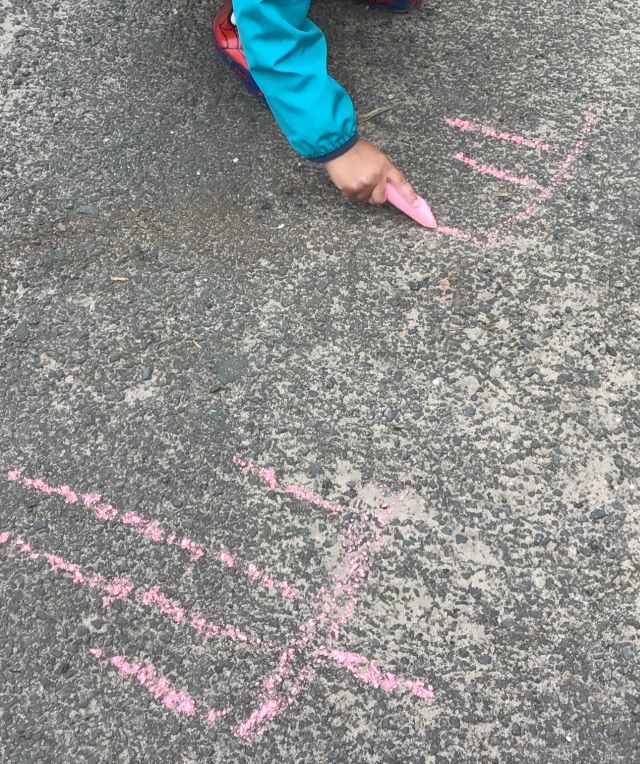Category Archives: Uncategorized
Remote Learning: Sorting and Matching
 Sorting and matching objects is an important mathematical skill for young children to develop. It helps children to develop their thinking and awareness of number and quantity. Children organise, match and sort items in different ways, by colour, shape, design, size, and sometimes using their own criteria. They may sort by using simple categories such as colour, size or shape, or by using categories such as, type of transport (cars, trains, boats) or types of animals (farm, zoo, sea). Matching encourages children to look for similarities and differences.
Sorting and matching objects is an important mathematical skill for young children to develop. It helps children to develop their thinking and awareness of number and quantity. Children organise, match and sort items in different ways, by colour, shape, design, size, and sometimes using their own criteria. They may sort by using simple categories such as colour, size or shape, or by using categories such as, type of transport (cars, trains, boats) or types of animals (farm, zoo, sea). Matching encourages children to look for similarities and differences.
Here are just a few ideas…
 Sorting toys You could start by asking your child to gather some of their favourite toys (maybe suggest small toys like Lego or animals) then ask them to sort them using different criteria, shape, colour or size.
Sorting toys You could start by asking your child to gather some of their favourite toys (maybe suggest small toys like Lego or animals) then ask them to sort them using different criteria, shape, colour or size.
 Loose parts are things like bottle tops, buttons, beads or natural objects – there are many wonderful possibilities.
Loose parts are things like bottle tops, buttons, beads or natural objects – there are many wonderful possibilities.
You might choose stones or shells of different colours, shapes, sizes and textures.
Loose parts can provide good opportunities to challenge children’s thinking because of variations – Will all the different shades of blue go in one set? How will you decide if an item is ‘big’ or ‘small’? Encourage your child to explain why they have chosen to put an object in a particular set.
Household sorting jobs
- Putting away the shopping – sorting the fruit, vegetables, tins, frozen food into the correct places.
- You could talk to your child about what you are doing as you sort and separate clothes for washing (whites, colours, and darks) or get them to help you sort and match socks.

- At lunchtime or dinner time encourage children to set the table by matching knives and forks or plates with cups, you could talk about the different sizes of spoons you might use. How many will you need?
- Involve them in recycling waste (paper, plastic, cans and food waste).

- Will you read a story (fiction) book together or will you choose non-fiction? Are they all muddled up on the book shelf?
- Putting toys away into the right place!
Putting in order of size
Challenge your child to put a selection of items into size order – coins, sticks, shoes or lego bricks perhaps. This encourages measuring skills as well.
Play Odd One Out
Show your child 3 objects, start simple perhaps 2 red and 1 blue – can they spot the odd one out? As they get the idea, increase the challenge – perhaps a red car, a blue car and a green train.
Let your child have a turn at choosing the items for you to say which is the odd one out.
Mrs Russell wonders who can spot the odd one out in the picture below… remember to say why!
Show us what you have been sorting and matching on Google Classroom or Twitter @Glenwood FC #Glenwoodlearningathome
Remote Learning: Fine Motor Skills – Getting Ready to Write
Fine motor skills involve the use of the muscles and joints of the hands that interconnect and work together to allow you to complete dexterous tasks. They are the smaller hand and finger movements used, for example, to open a lunch box, zip up a coat or write with a pencil. A young child cannot be expected to be able to do these tasks or learn to write appropriately if they haven’t yet developed the strength needed in their hands and fingers. Here are some ideas you can try at home with your families to help develop your fine motor skills and have some fun as well.
Ice and snow melt
 Use a pipette to squeeze some warm water on to some ice cubes or snow. How long does it take to melt? Maybe you could try adding some food colouring or paint to the water or try using different liquids such as vinegar or fizzy juice.
Use a pipette to squeeze some warm water on to some ice cubes or snow. How long does it take to melt? Maybe you could try adding some food colouring or paint to the water or try using different liquids such as vinegar or fizzy juice.
Play dough
 Try squeezing, stretching, squashing, pinching and rolling some play dough. Can you make some snakes or wiggly worms? Maybe you could try using scissors to cut the play dough into small pieces and then rolling them into little balls. How many can you make? Can you make different sizes of play dough balls? Try holding a masher in both hands and find out how flat you can squash your play dough. You could also try using some loose parts to add to your play dough. Have fun.
Try squeezing, stretching, squashing, pinching and rolling some play dough. Can you make some snakes or wiggly worms? Maybe you could try using scissors to cut the play dough into small pieces and then rolling them into little balls. How many can you make? Can you make different sizes of play dough balls? Try holding a masher in both hands and find out how flat you can squash your play dough. You could also try using some loose parts to add to your play dough. Have fun.
Recipe
- Plain flour – 2 cups

- Water – 1 cup
- Salt – ¼ cup
- Vegetable oil – 1 tablespoon
- Food colouring or paint (It helps to add this to the cup of water)
- Add everything together into a large bowl and stir well with a spoon until it turns into a soft dough.
- If the mixture is too sticky add some more flour. If it’s too dry add some more water.
- Empty the play dough onto a floured surface and mix together with your hands.
Bottle top blaster
- Ask an adult to help you cut the top from a plastic bottle and then attach a balloon where the lid would normally be.
- Put a pompom into the bottle funnel.
- Hold the bottle funnel with one hand and pull the balloon back hard with your other hand.
- Let go of the balloon and your pompom will shoot out. How far can your missile travel?
- Why not rip or cut some paper to stick on to decorate your bottle top blaster.
Mark Making
 Fill a tray with rice, or spread a thin layer of shaving foam or salt on a worktop or old baking tray. Try different items to draw, write or make patterns with such as your fingertip, twig, lollipop stick or paper straw.
Fill a tray with rice, or spread a thin layer of shaving foam or salt on a worktop or old baking tray. Try different items to draw, write or make patterns with such as your fingertip, twig, lollipop stick or paper straw.
Rice Race Put three small empty bowls on a table. Divide a handful of uncooked rice into two of the bowls, leaving the middle one empty. Have a race with someone from home to find out who can be the first to empty their bowl using a teaspoon to put their rice into the middle empty bowl. Try using your left hand and your right hand.
Put three small empty bowls on a table. Divide a handful of uncooked rice into two of the bowls, leaving the middle one empty. Have a race with someone from home to find out who can be the first to empty their bowl using a teaspoon to put their rice into the middle empty bowl. Try using your left hand and your right hand.
Activities such as jigsaws, building with Lego or playing with loose parts are also great ways to help develop your fine motor skills. Collect a variety of small loose parts from around your home such as buttons, dried pasta, beads, coins or bottle lids. Experiment with making shapes or patterns with your loose parts or perhaps you could make some pictures, or build towers.
Please remember to share your learning on Google Classroom or Twitter @GlenwoodFC #Glenwoodlearningathome
Remote Learning – Our Wellbeing Friends
 2021 has been named ‘Year of Childhood’ and while already full of challenges, let’s look for opportunity and community building. Here are some ways we hope that we can work together this year.
2021 has been named ‘Year of Childhood’ and while already full of challenges, let’s look for opportunity and community building. Here are some ways we hope that we can work together this year. Save the Children have created some fantastic resources to help us work together to do this – including our Wellbeing Buddies.
Save the Children have created some fantastic resources to help us work together to do this – including our Wellbeing Buddies.







Don’t forget to come to Glenwood to collect your learning at home bag.
Please remember to share your learning on Google Classroom or Twitter @GlenwoodFC #Glenwoodlearningathome
Remote Learning: Fresh Air and Exercise
Just because it’s winter and the days are short doesn’t mean going outside is not fun!
In fact, fresh air really is good for you! It can:
- help you feel more energised
- help you sleep better
- help decongest you if you have a cold
- restore your mood
 Here are some ideas of things that you can do with your families outdoors at this time of year…
Here are some ideas of things that you can do with your families outdoors at this time of year…
 Play in the Snow – Why not build a snowman, go sledging or throw some snowballs? Just going for a walk in the snow is exciting – everything looks and sounds different! Can you see different footprints? Who do you think made them? Which way did they go?
Play in the Snow – Why not build a snowman, go sledging or throw some snowballs? Just going for a walk in the snow is exciting – everything looks and sounds different! Can you see different footprints? Who do you think made them? Which way did they go?
 Ice and Frost – Go exploring – look for different patterns of frost and different places to find ice. You might slide on it, smash it or pick it up and look through it.
Ice and Frost – Go exploring – look for different patterns of frost and different places to find ice. You might slide on it, smash it or pick it up and look through it.
Try blowing bubbles when it’s cold – if you are lucky they will freeze.
Have a go at making ice decorations click here to find out how. Go on a Bear Hunt – Use all your senses as you squelch through mud, scrunch over frosty grass and splash through puddles! You might need to climb through branches or scramble up a hill… will you find the bear’s den?
Go on a Bear Hunt – Use all your senses as you squelch through mud, scrunch over frosty grass and splash through puddles! You might need to climb through branches or scramble up a hill… will you find the bear’s den?
Puddle Jumping – It’s always fun to jump and splash in puddles! Who can make the biggest splash? Which puddle is deepest? Can you splash all the water out of the puddle?
Fun with Sticks – You could try a game of Pooh Sticks if you are near a bridge over a stream or take some sticks home and make a Stickman using what you have in your house.
Go exploring with a torch – Why not go for an adventure after dark? Take a torch with you and explore the woods or just have a turn in the play park! You might choose to watch the sun go down while you are out as well.
Have a campfire – Some of you might be lucky enough to be able to have a fire in your garden. Why not try cooking some tasty treats on it, such as foil wrapped bananas or marshmallows?
Remember to wrap up warm – Several thin layers are better than one very thick one – then if you get too warm you can take one off! Adults please remember that children will not feel the cold as much as you do BUT they also may not realise when they get too cold – especially when hands and feet get wet.
Whatever you do outdoors – have fun and please share your adventures on Google Classroom or on Twitter @GlenwoodFC #Glenwoodlearningathome
Happy New Year
All of us at Glenwood hope that you had a good break and wish you all the best for the New Year. We are disappointed that we are not able to welcome you all back to nursery this week but have been busy making plans for the upcoming weeks.
We are disappointed that we are not able to welcome you all back to nursery this week but have been busy making plans for the upcoming weeks.
We will again be providing regular ideas for learning experiences for you to use at home if you wish. This will be both through our website and on Google Classroom. We are also getting another Home Learning Bag put together along with a booklet full of ideas for you to use as a family.
We hope that you will share your learning with us through Google Classroom – by doing this your child can show their friends what they have been doing and also see what their friends have been doing to! We will also add your pictures to your child’s learning journal to show their learning at home.
This is an unsettling time for everyone, so you may like to look back at some of our previous blogs….
Stay safe and we hope to be able to welcome you back to Glenwood soon.
For full details of how we are supporting home learning and the extra measures we have in place to keep safe in Glenwood please visit this page as part of our Coronavirus planning.
Road Safety with Ziggy
Today we took Ziggy with us on our Woodland Adventure and taught him all about staying safe on the road.



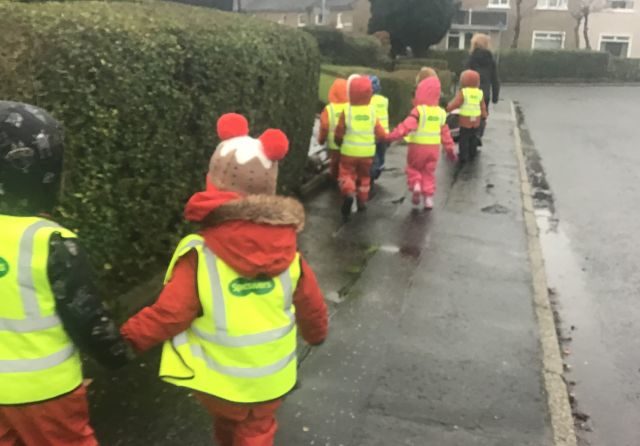


The children are all very good at keeping safe when we walk to the woods and could tell Ziggy all about what he should do.
Needing some support during these times? ParentClub can help
https://www.youtube.com/watch?v=A763iBg9OQ0
Parentclub.scot offers lots of tips, advice and resources to help you manage the challenges of parenting during coronavirus over on
https://bit.ly/ParentClubCoronavirus
Family First and PoPP
 Family First- Work with families living in ERC and have children aged 0-11years
Family First- Work with families living in ERC and have children aged 0-11years
The Family First Team offer a free, confidential service to support with any worries you might have. They can help you find the right people when you don’t know who to ask for help. The highly skilled team will try to stop any issues you bring to them from getting worse and help you find the right support.
Contact the team at familyfirst@eastrenfrewshire.go.uk we look forward to hearing from you.
Twitter – Follow @FamilyFirst_ERC
For daily updates from a range of national and local organisations on themes of parenting, family wellbeing, ASN, money advice and rights, health and safety and education and learning
Website – https://www.eastrenfrewshire.gov.uk/family-services
Our website provides an overview of the Family First service and contact details for the team.
Psychology of Parenting Programme/ PoPP
If you are starting to worry about the behaviour of your child or a child you care for you may be interested in our new online parenting programme for children aged 2-8 years. The programme is aimed at increasing parents/carers confidence in dealing with unwanted behaviour and preventing it from getting worse.
Interested in finding out more? Contact the team on Popp@eastrenfrewshire.gov.uk we look forward to hearing from you.
Happy Diwali
We have been exploring the festival of Diwali.
Diwali is the five-day Festival of Lights, celebrated by millions of Hindus, Sikhs and Jains across the world.
The children have been busy creating ‘Rangoli’ pictures, making lanterns and reading books about the festival and why it is celebrated!
“These Patterns are nice, I’m going to make one” CW
“I can copy this one I think. Actually no, I will do it myself” LW
“Pattern” FM
“My pattern has loads of colours just like the book”. AK
“We are making rangoli pictures and cutting them out” AB
“I like the one in the book with the glitter, that’s what I want to make” LM
Spiders
The children have been very interested to find out more about spiders in the last few weeks. Here are a few photographs to show you what we have been doing.
We were developing our observation skills as we enjoyed using magnifying glasses to go on a spider hunt in the nursery garden.
“I can’t see any spiders in the tyre.”
“Look. I can see some flies on the web. Oh no. I think the spider will eat them.”
“There are lots of webs under here.”
We gently shook some branches over a tumble sheet to see if we could find any spiders in the bushes.
“The spider is running away.”
We looked at some reference books and photographs to research about spiders and their webs. We learned that most spiders have 8 eyes and some make a new web every day.
We also used the internet and discovered that some spiders don’t build webs but climb inside pitcher plants to catch their prey.
“The spider’s climbing in. It’s going to catch the bug.”
We continued to develop our fine motor skills as we decided to draw spiders and webs and make spider models.
Bonfire night – Parent Club Scotland
Bonfire night is almost here🔥
And although it won’t be going off with its usual bang, you can still celebrate it as a family at home! 🎆
For ideas and tips to have a fun and safe evening, visit ➡️ https://t.co/5CO8ovL5cX#ParentClubTips #BonfireNight2020 #BonfireNight pic.twitter.com/fpk1GSSX63— Parent Club Scotland (@parentclubscot) November 2, 2020
Psychology of Parenting Programme
If you are worried about the behaviour of a young child you care for you may be interested in our free online Psychology of Parenting Programme for families with children aged 2-8 years.
Get in touch to find out more by emailing Popp@eastrenfrewshire.gov.uk pic.twitter.com/g7zmwNNXll
— East Renfrewshire (@EastRenCouncil) October 21, 2020
Toothbrushing
You can also find lots of helpful resources online, here is a video that makes toothbrushing fun and lasts the length of time we brush our teeth for.
Playdough
The children have been enjoying making different types of playdough.
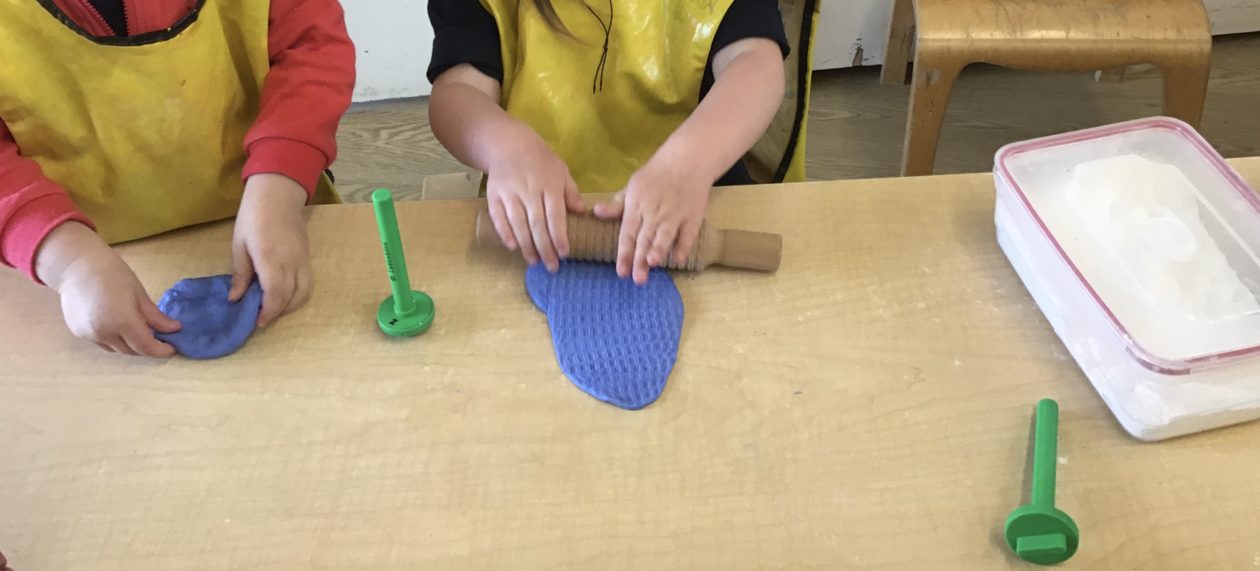 (Blue playdough with lavender)
(Blue playdough with lavender)
Playdough provides excellent opportunities do develop your children’s fine motor skills, hand eye coordination, numeracy skills, language and social skills and helps develop the senses.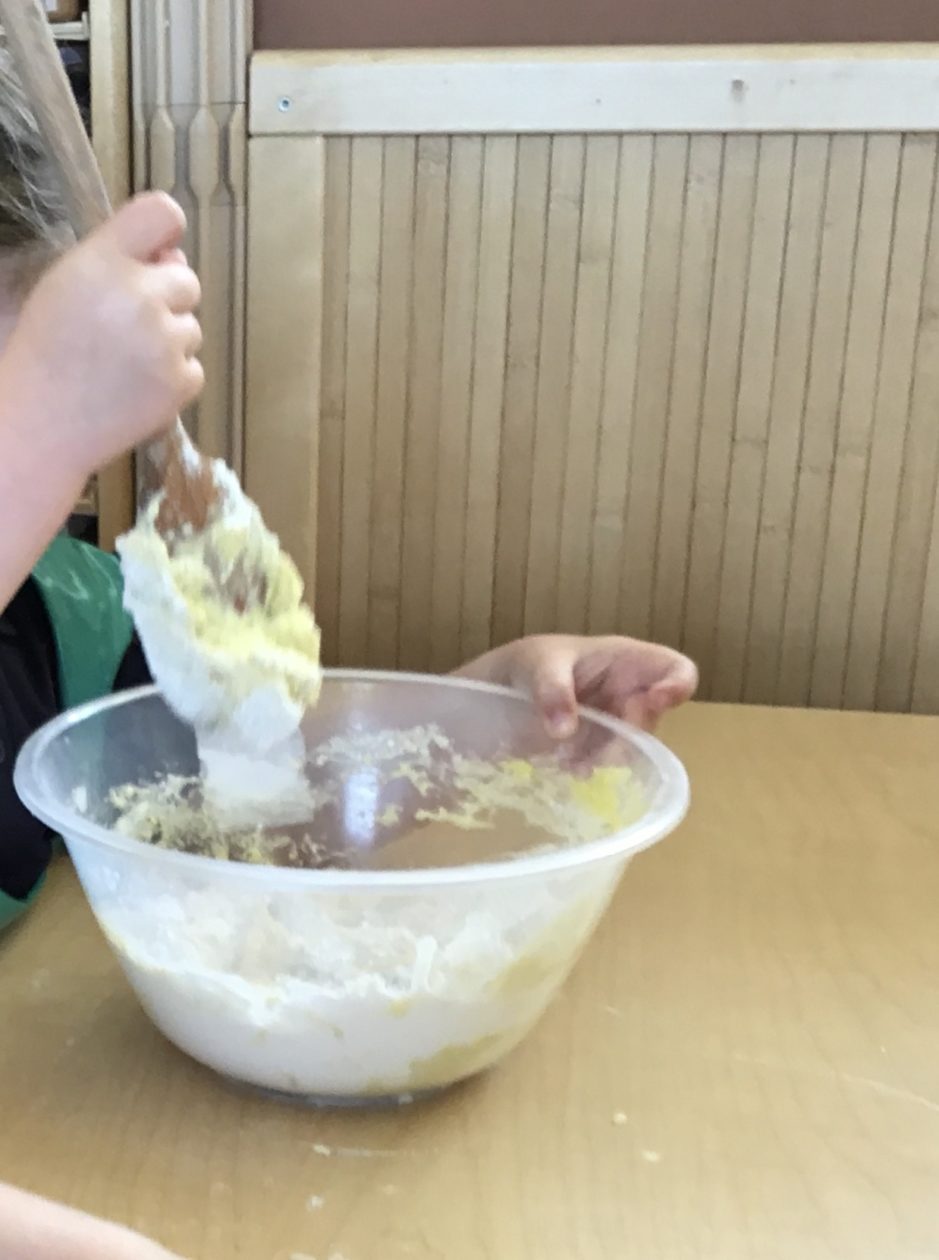
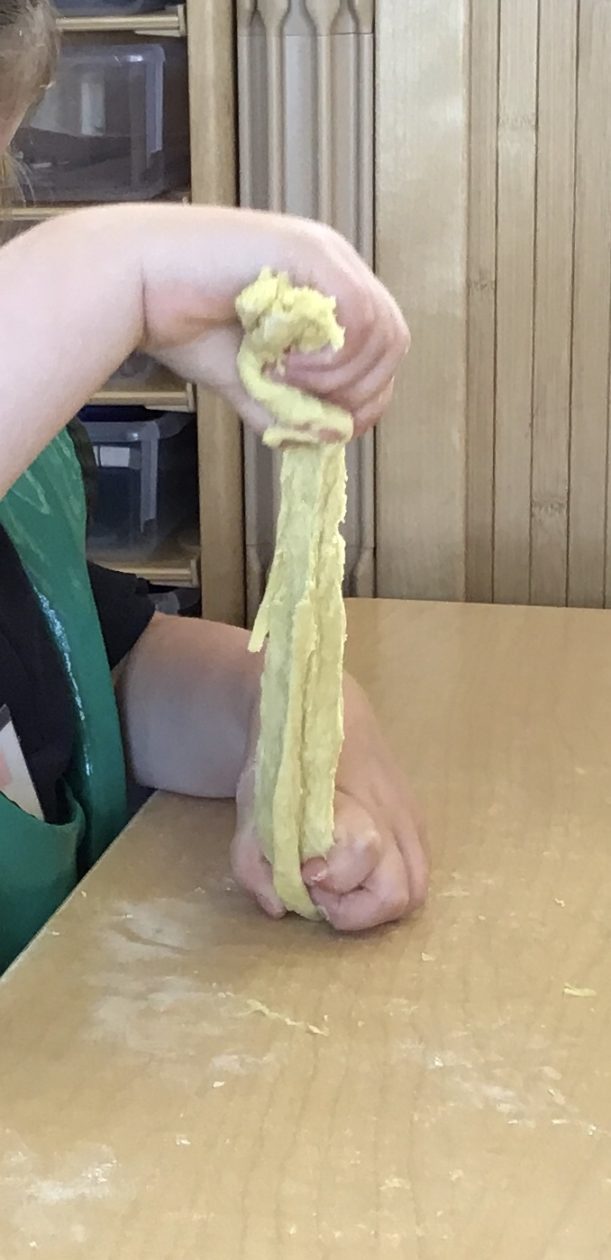
Playdough takes around 10 minutes to make and can keep for weeks in an air-tight container. Why don’t you have a try yourself at home – don’t forget to tell us about it in you child’s Google Classroom. (If you don’t have your child’s Glow details or if you are having problems logging in please let us know by emailing schoolmail@glenwood.e-renfrew.sch.uk)
Ingredients:
- One cup of plain flour
- Half a cup of salt
- One cup of water
- One tablespoon of vegetable oil (helps to add this into the cup of water)
- Few drops of food colouring (also helps to add this into the cup of water)
Resources:
- Large bowl
- Tea/coffee cup
- Wooden/plastic spoon
- Add the flour and salt together in the bowl
- Gradually add the water/oil/food colouring mixture to the bowl, continuously stirring
- Continue to mix until the mixture comes together into a soft dough – now it is time to get messy!
- Spread a little flour onto the table and empty out the bowl
- Mix the dough together with your hands. If it is a little sticky, add some more flour
When your playdough is ready why not add some alternative play resources, like potato mashers, cutters, sticks, leaves, flowers, stones, lollipop sticks, matchsticks, stampers, or straws.
Adding scents and different textures, such as coffee grounds, coco powder, lemon/orange rind, or rice will provide a great sensory experience.
Next week for Maths Week Scotland we will be issuing a Family Fun bag to each child with the ingredients to try this at home.
Exploring Mark Making
Over the past few weeks at nursery, the children have been exploring different ways of mark making both indoors and outside.
Here are just a few photographs of what we have been doing…

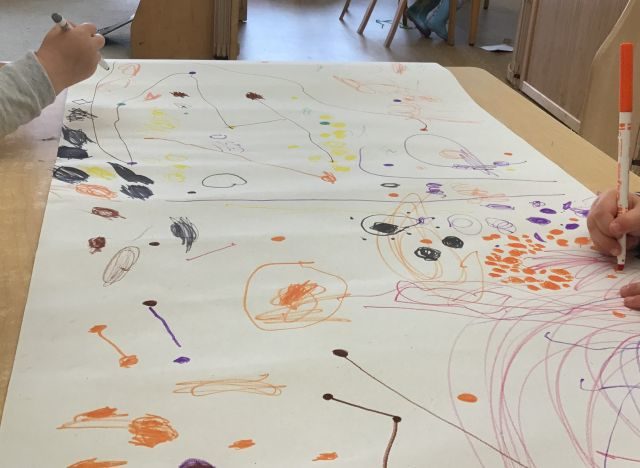
Whiteboards are a favourite…
Writing in salt…
Mixing our own colours of paint…
We love painting on a large scale (although it can get messy!)
Making paint from things we find outdoors…



Crayon rubbings and chalk outside too.
How do you like to make marks, draw and write? Why not share with us on Twitter @GlenwoodFC or in your Google Classroom.
Let’s Play Programme
Usually at this time of year, families would be taking part in the Let's Play Programme in Early Years Establishments across East Renfrewshire. Although they can't happen this year 😢 we can still share key messages about play. Search #LetsPlayERC for ideas and inspiration 😊 pic.twitter.com/FZ0x7vR6jG
— Family First (@FamilyFirst_ERC) July 13, 2020
Remote Learning – Patterns
Patterns are everywhere. Looking for patterns helps us discover and learn new things about the world around us.
Mrs Wilson went on a pattern hunt in her house and garden. Here are some of the patterns she found.
Can you find any of these patterns?
Maybe you can find some different patterns in your house or when you are outside.
Activities to try at home
 Pair socks by looking at their patterns to help develop matching skills.
Pair socks by looking at their patterns to help develop matching skills.
Print a pattern using fruit and vegetables.
Look at the patterns on the soles of your shoes and wellington boots. How many different patterns can you find?
Design your own tartan pattern using paint and toy car wheels.
Support your child develop their understanding of repeated patterns by providing simple patterns for them to copy using loose parts. Saying the pattern out loud as it is made can really help children as they decide what item is next. Making their own patterns also helps children develop their decision making skills as well as learning how to make logical connections.
Collect some leaves to peg a leaf pattern on a washing line or piece of wool or string.
Explore the different patterns that animals might have by watching a clip from CBeebies about animals with spots and stripes: https://www.bbc.co.uk/programmes/p011mxh0
Remember to tweet to let us see the patterns you find or make. Have fun! @Glenwood FC #Glenwoodlearningathome
Remote Learning – Fun Friends: Don’t Forget to be Brave and Stay Happy!
 Hello Fun Friends. This is our last message of this year and we want you to carry on being Brave and Happy!
Hello Fun Friends. This is our last message of this year and we want you to carry on being Brave and Happy!
Remember to use your milkshake breathing and relax when you feel upset or worried. Also it can be good to talk about your feelings with people who care for you.
Mirror, Mirror
 When you are looking at yourself in the mirror (perhaps brushing your teeth or hair) Tell yourself something positive e.g “I can be brave, kind, helpful, try my best” These are positive (green) thoughts.
When you are looking at yourself in the mirror (perhaps brushing your teeth or hair) Tell yourself something positive e.g “I can be brave, kind, helpful, try my best” These are positive (green) thoughts.
You can help other people to have green positive thoughts too. Send a message to a friend, member of your family or neighbour.
We know that you are Brave! We saw how Brave you could be at Glenwood and we know you will continue to try and be brave. Remember to keep practising being brave. Brave is :
- Looking people in the eye
- Smiling
- Using a brave voice
- Standing up tall
- Trying your best and giving it a go!
Making New Friends
 It’s good to make new friends and to play with different people. Friends smile, help, talk, listen, play and share. What would you tell your friend? What would you ask them? Would you tell them about your family?
It’s good to make new friends and to play with different people. Friends smile, help, talk, listen, play and share. What would you tell your friend? What would you ask them? Would you tell them about your family?
Family Fun Questions (why not write these out, add some more and then pick a question to answer)
- Who has the loudest laugh?
- Who makes the best food and what is it?
- Who is the funniest person?
- Who has the smelliest shoes?
- Who is the oldest person in the family?
- What is your favourite thing to do?
Our support Team
 Sometimes we need help or care from others. On a piece of paper draw yourself and then people who can help or support you round about you. This might include siblings, wider family, neighbours, teachers (pets can also be included).
Sometimes we need help or care from others. On a piece of paper draw yourself and then people who can help or support you round about you. This might include siblings, wider family, neighbours, teachers (pets can also be included).
Game – What could you do if? (Think of solutions to these problems)
- You don’t get a plate/book but everyone else does.
- There’s a lion in the garden.
- There is a group of children playing and you want to join in.
- Everyone is doing an activity and you don’t know how to do it.
- Your friend gets their head stuck in some railings.
Make up your own scenarios – some things that might happen and some funny.
It’s ok to say No!
Sometimes our friends do or say things we don’t like. Remember it’s ok to say “I don’t like that”. Look the person in the eye and use a brave voice. Next you can get louder and show a cross face. Then use a very loud voice and show your angry face and body (no hitting or kicking). Get help from an adult if you need it.
 We follow the rules so we don’t get lost or hurt. We ask for help when we need it and we remember the Pants rule https://youtu.be/_SzbMEVYiyg
We follow the rules so we don’t get lost or hurt. We ask for help when we need it and we remember the Pants rule https://youtu.be/_SzbMEVYiyg
Game – Today we will be……
Here are a few positive behaviours (add your own), write them on pieces of paper, fold them up, put them in a container and then pick one out each day. Then everyone playing needs to try and be this word.
Determined Flexible Thankful Friendly Creative Funny Surprising Tidy Helpful Co-operative Bendy Strong Gentle Playful Try hard
Keep Learning!
As you grow there are lots of things to learn! Keep practising to achieve your goals and try hard! Remember: ‘No matter how old you are everyday is a learning day’.
We are proud of you!
Being in lockdown has been very hard and we want you to know that we have missed you very much but we are very proud of you staying at home or going to a nursery hub.
We hope you will continue being Fun Friends and will remember:
-
- Friends- can recognise our own and others feelings
- Relaxing and milkshake breathing
- I can do it – turning red thoughts green
- Encouraging – I can achieve a goal
- Nurture – I can be a good friend
- Don’t forget to be brave!
- Stay happy!
















